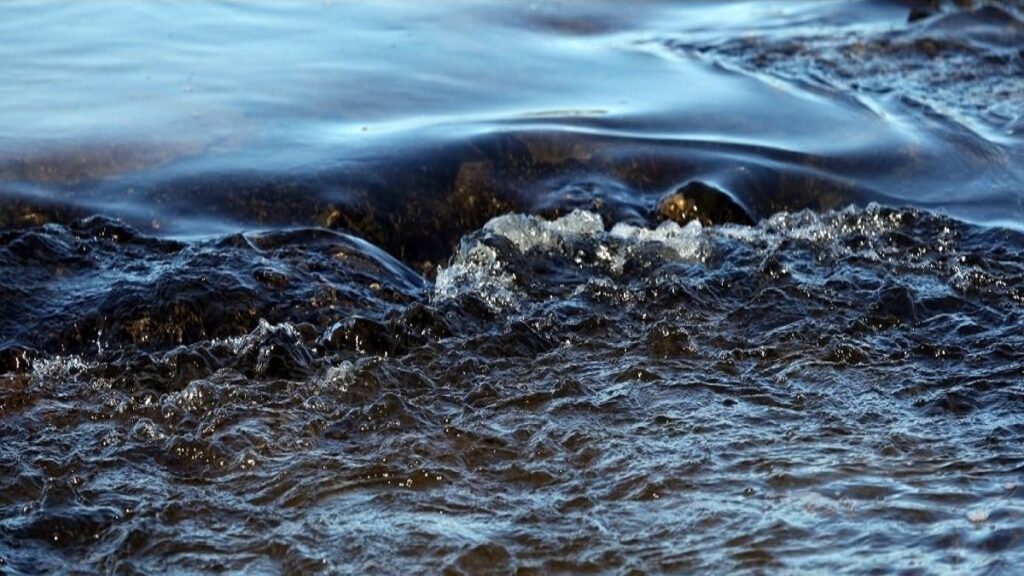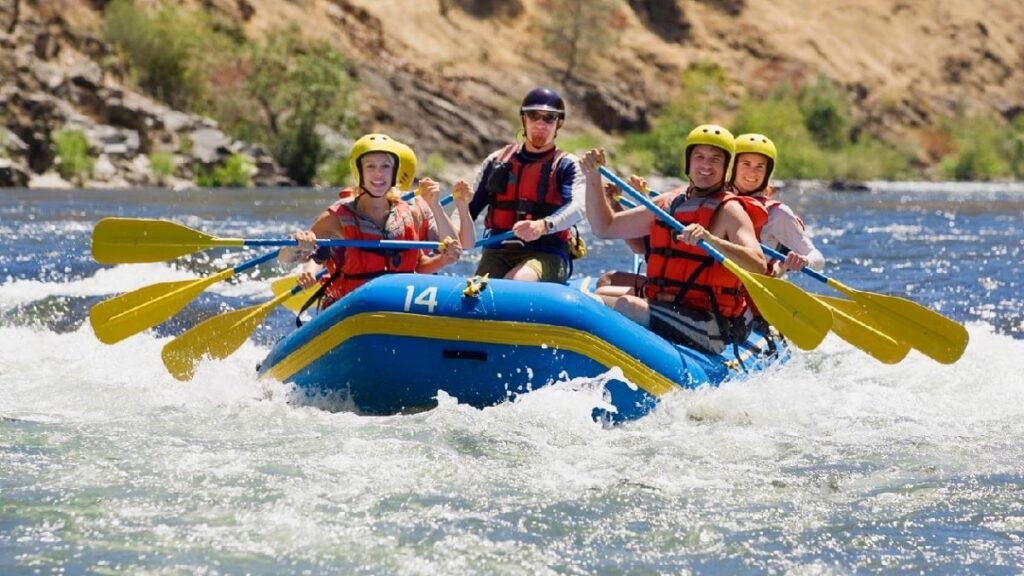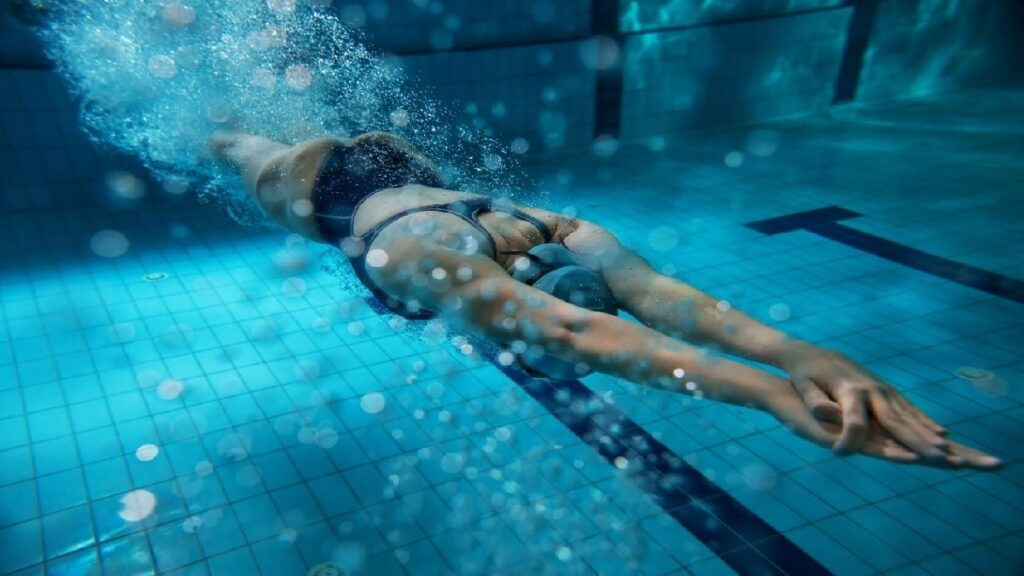
Kayaking is not just a wonderful way to unwind in nature; it’s also an active sport that demands a high level of safety and efficiency. Modern technological innovations play a key role in improving these aspects. From new materials to advanced technologies, today’s kayaks are becoming increasingly reliable and efficient.
Table of Contents
New Materials
Carbon Fiber: A Revolution in Kayak Manufacturing Materials
Carbon fiber is a material that has been increasingly used in kayak production in recent years. It consists of thin carbon filaments bonded together in a polymer matrix. The result? A lightweight yet incredibly strong material that makes kayaking safer and more efficient.
Advantages of Carbon Fiber
Lightweight
One of the main advantages of carbon fiber is its low weight. Kayaks made from this material are usually much lighter than their wooden or aluminum counterparts. This makes them more maneuverable and easier to transport.
Strength and Durability
Despite its lightness, carbon fiber is highly durable. This makes it an ideal choice for kayaking in various conditions—from tranquil lakes to turbulent rivers.
Safety
Due to its strength and durability, carbon fiber kayaks offer an added layer of safety. They are less prone to wear and tear and potential damage, which is especially important for those who engage in more active styles of paddling.
Environmental Impact
Although carbon fiber is not a biodegradable material, its longevity means that products made from it last a long time, somewhat offsetting its environmental footprint.
Carbon fiber is changing the game in the kayaking world. With its help, manufacturers can create lighter, stronger, and safer kayaks, making the sport accessible and appealing to a broader audience. If you haven’t yet tried a carbon fiber kayak, it might be time to get acquainted with this innovation.

Thermoplastic in Kayaking: Affordability and Durability on the Water
Thermoplastic is a material that has long been used in various industries, from automotive manufacturing to healthcare. In recent years, it has found increasing application in the realm of kayaking, offering an excellent balance between strength and cost.
Advantages of Thermoplastic
Cost-Effectiveness
One of the primary advantages of thermoplastic is its relatively low cost. This makes kayaks made from thermoplastic an excellent choice for beginners or those who don’t want to spend large sums on equipment.
Impact Resistance and Durability
Thermoplastic offers good impact resistance and general durability, making it suitable for use in a variety of water conditions.
Ease of Repair
Should a thermoplastic kayak suffer damage, it is relatively easy to repair. In most cases, minor cracks or dents can be fixed without resorting to specialized services.
Drawbacks
Less Strength Compared to Carbon Fiber
Although thermoplastic is a sufficiently strong material, it still falls short when compared to carbon fiber. This could be a critical factor for those planning to kayak in extreme conditions.
Thermoplastic in kayaking is an excellent choice for those looking for an economical yet reliable material. It offers good impact resistance and the ability for easy repairs, making it ideal for both novice and experienced kayakers on a limited budget.
GPS and Sensors in Modern Kayaking: Technologies Ensuring Safety and Efficiency
In an era of digitization and rapid technological advancement, kayaking is not being left behind. Modern kayaks can now be equipped with GPS and various sensors that provide valuable real-time data directly to your smartphone.
How Does It Work?
GPS for Navigation
GPS systems in kayaks allow for precise determination of your location, speed, and direction of movement. This is particularly useful for long excursions or in conditions of poor visibility.
Sensors for Monitoring Conditions
In addition to GPS, kayaks can be equipped with sensors that monitor parameters such as water level, temperature, and even water quality. This data can be critically important for safety, especially when paddling in unknown or challenging water conditions.
Data Transmission to Smartphone
All collected data can be transmitted to your smartphone via specialized apps. This allows you to instantly analyze the information and make decisions based on up-to-date data.
Modern technologies in kayaking not only add convenience but also significantly increase the level of safety. GPS and sensors are becoming increasingly popular among both professionals and enthusiasts, providing invaluable information for efficient and safe water travel.

Hydrodynamic Design of Modern Kayaks: How Technology Enhances Performance on the Water
Progress never stands still, and this is evident even in such a traditional discipline as kayaking. With the advent of computer modeling, possibilities in the field of kayak design have become virtually limitless. One of the key achievements is the development of hydrodynamic shapes capable of minimizing water resistance and increasing speed.
How Does It Work?
Computer Modeling
Modern computer modeling software allows designers to carefully analyze water flows around the kayak, optimizing its shape for maximum efficiency.
Reducing Water Resistance
Thanks to hydrodynamic research, new kayak models create significantly less “turbulence” or water vortexes, which contributes to reduced resistance and increased speed.
Practical Advantages
The benefits of hydrodynamic design are tangible for both professional athletes and enthusiasts. Reduced time to cover distances, ease of control, and enhanced stability—all of these have become possible thanks to modern technological innovations.
Technologies incorporated into the hydrodynamic design of modern kayaks serve as an excellent example of how scientific advancements can improve the quality and safety of sports activities. Thanks to computer modeling, kayaking is becoming not only more efficient but also more accessible for a broader range of enthusiasts in this sport.

Conclusion
Technological progress touches all spheres of our lives, and kayaking is no exception. Innovative materials and advanced technologies are making modern kayaks more efficient, convenient, and most importantly, safer. With each passing year, these changes are making this form of active recreation more accessible and appealing to an ever-growing number of people.
Read Also:
- Selecting the Right Kayak Paddle: A Comprehensive Guide
- How to Choose the Right Kayak for River Travel
- How to Choose the Right Kayak for River Travel
- The best Pedal Drive Fishing Kayaks
- A Comprehensive Guide to Choosing the Perfect Sea Kayak
- The Best Travel Kayaks
- The best navigators for hunting, fishing, and tourism
- The Ultimate Guide of Fishfinder




